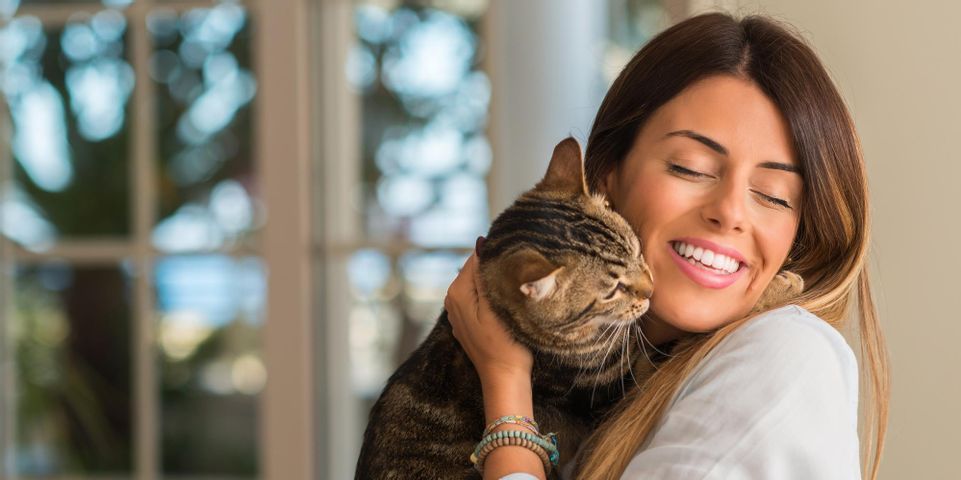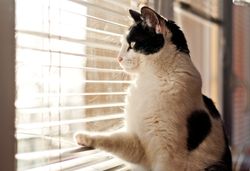
You might think a cat’s many noises are cute and amusing, but they’re actually a surprisingly sophisticated way for them to tell you how they’re feeling, what they want, or what's around them. Cats make more than 20 distinct vocalizations, each holding a separate meaning. Identifying individual sounds will help you understand when your cat is happy and when it’s time to schedule a visit to the veterinarian.
How Do Cats Communicate?
1. Meowing
Meowing is an all-purpose sound in a cat’s repertoire. It is also the most versatile, encompassing everything from a greeting to telling you they’re hungry or want to play.
This sound is first made by kittens as a way to garner attention from their mothers. Wild cats almost always drop the sound as they mature. Domestic cats, however, have learned that meows are useful for getting their owners’ attention and are typically only used around human companions.
2. Purring
Purring is a happy, warm, hypnotic sound that almost always indicates comfort and contentment. This sound can be heard while they’re receiving welcome pets or scratches under the chin. They can even make this sound of satisfaction while eating.
Very rarely, you may hear a cat purring when they’re anxious or uncomfortable, just as humans might hum to themselves when scared. Cats will also purr when they’re feeling unwell to comfort themselves.
3. Chirping & Trilling
 Cats use these sounds to draw your attention to something they find interesting or noteworthy, including prey, a strange noise, or an empty food bowl. If you have more than one cat, you may also hear them trilling at each other as a form of private communication.
Cats use these sounds to draw your attention to something they find interesting or noteworthy, including prey, a strange noise, or an empty food bowl. If you have more than one cat, you may also hear them trilling at each other as a form of private communication.
4. Yowling
These plaintive sounds are signs of distress in most cats, signifying that they’re in need of help. In cats that haven’t been spayed or neutered, however, yowling is almost always a sure sign that they’re in the mood for mating. Older cats may yowl if they’re feeling sick or pained and could be a sign that they need to visit the veterinarian for a checkup.
5. Hissing
You’re as likely to recognize a hiss by sight as you are by sound. This noise is a sure sign that your cat feels threatened and is preparing to defend themselves.
Body language that usually accompanies this sound includes an arched back, bared fangs, twitching tail, and flattened ears. If your cat hisses at you, respond by leaving them alone or removing the perceived threat.
For expert help understanding your cat’s needs and wants, turn to Lillian Veterinary Hospital. This practice has been led by trusted and compassionate veterinarians Dr. Susan Wells and Dr. Carrie Everett for over 20 years. They’re located in Lillian, AL, and their team of caring experts aims to offer the latest equipment and treatments to pets of Baldwin County residents. Call (251) 962-2304 to schedule an appointment, or visit them online to learn more about their services.
About the Business
Have a question? Ask the experts!
Send your question

